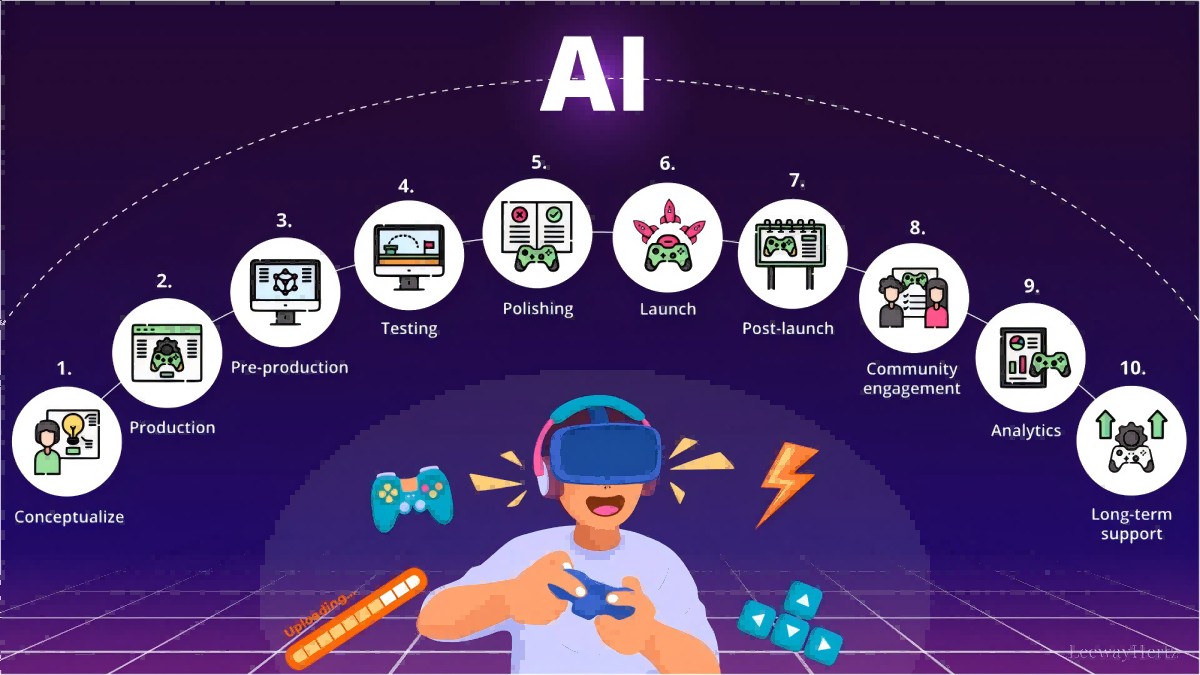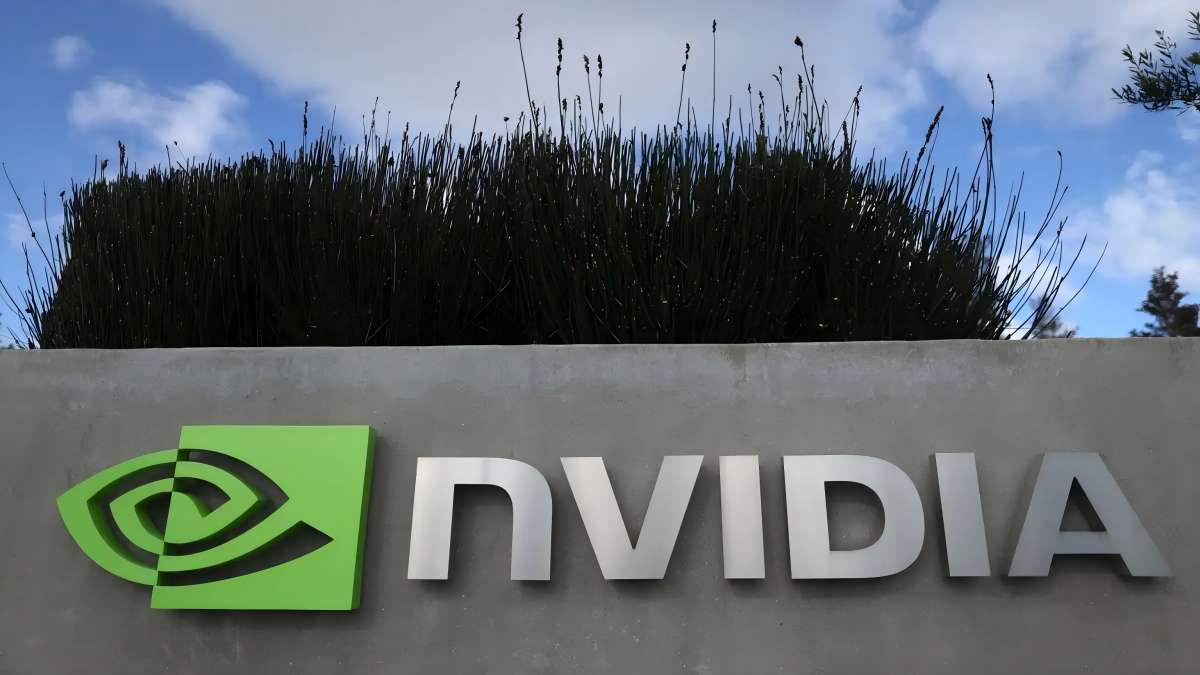The Evolution of Oracle: From Inception to Modern Innovations
Oracle Corporation is an American multinational computer technology company based in Austin, Texas.
It has been ranked the third biggest software company worldwide in terms of revenue and market capitalization since 2020, while Forbes Global 2000 ranked it at 80 in 2023.
The company mainly deals in database software, most notably the Oracle database itself, and services on cloud computing platforms.
The firm’s core application software includes a comprehensive suite of business solutions that incorporate enterprise resource planning (ERP), human capital management (HCM), and customer relationship management (CRM), among others.
Foundation and early years
Initially known as Software Development Laboratories (SDL), Oracle Corporation was established in 1977 by Larry Ellison, Bob Miner, and Ed Oates.
Its creation was inspired by Edgar F. Codd’s research paper about relational database management systems (RDBMS), which suggested a new approach to data control and organization.
The founders’ ambition was to make Codd’s breakthrough ideas commercial, allowing businesses to manage massive amounts of data effectively.
In 1979, Oracle made a big leap into the database industry with the release of Oracle Version 2, the first commercially available SQL-based RDBMS ever made. This was the first major achievement of Oracle.

Growth and expansion in the 1980s and 1990s
For Oracle, the 1980s were a period of extensive growth and transformation. In 1983, Oracle was renamed Oracle Systems Corporation so that its identity could be more closely aligned with its flagship product, the Oracle Database.
The company’s initial public offering took place in 1986 and raised $31.5 million. This made Oracle one of the major players in the software industry.
This is also the moment when Oracle started expanding its product line to include Oracle Financials, which later became part of their Enterprise Resource Planning suite. As a result, this move cemented its status as an enterprise software leader.
During the 1990s, Oracle continued its rapid expansion into new regions by launching Oracle Applications, which included supply chain management (SCM) and ERP functionalities in a single suite.
This obvious expansion went hand-in-hand with global outreach, characterized by a strong presence in Europe, Asia, and Latin America. At the close of the decade, Oracle had become one of the largest and most influential software companies globally due to its innovative solutions.
Challenges and opportunities
Like most prosperous corporations, Oracle dealt with its own share of difficulties. The organization struggled financially during the early 1990s due to aggressive sales strategies and an overestimation of revenues.
Nevertheless, Larry Ellison acted as a savior by initiating a number of key reforms at Oracle that saw it through this period.
Among these were revamping the sales team, strengthening financial controls, and adopting sustainable business models. Consequently, Oracle was able to deal with financial challenges and come out stronger.
The rapid evolution of the technology landscape, as well as the emergence of new market demands in the dot-com bubble during the late 1990s and early 2000s, presented even more challenges for Oracle.
The company had to negotiate these changes while still being innovative at the same time. Despite the volatile market environment, Oracle managed to launch the Oracle 9i Database, which introduced ground-breaking technologies like Real Application Clusters (RAC) and XML support.
As a result, these inventions helped keep them on top of their competitors in an ever-changing technical environment.

Modern innovations and cloud computing
Presently, Oracle has put its focus on cloud computing and artificial intelligence (AI) so as not to lag behind in technological development.
A significant event was marked by the creation of Oracle Cloud Infrastructure (OCI), which offers a complete set of cloud services like computation, storage, and networking.
This is a cloud platform that gives scalable and efficient cloud solutions to businesses for modern operating needs.
Among the notable innovations from Oracle is the Oracle Autonomous Database, which takes advantage of machine learning techniques to automate typical database management tasks, including patching, tuning, and backup.
It advances considerably in simplifying the complexity and manual labor associated with database administration.
Another instance of this devotion to innovation can be found in Oracle’s announcement about the release of Oracle Database 23c.
These include advanced capabilities such as JSON handling, graphs, or microservices, along with a feature called JSON Relational Duality. In application development, this approach makes it easier because data can be used both as JSON documents and as relational tables.

Oracle’s current developments and future prospects
There are recent developments made by Oracle that attest to its consistent drive towards pushing technological boundaries.
In a bid to attain these aims, the company has collaborated with Palantir to merge Palantir’s foundry and AI platforms into Oracle Cloud Infrastructure.
This partnership is expected to equip businesses as well as governments with more developed AI capabilities, improving their potential for data analysis and decision-making.
Additionally, Oracle has rolled out various new services that support data security and disaster recovery.
The Oracle Database Zero Data Loss Autonomous Recovery Service and the Oracle Full Stack Disaster Recovery Service are intended to enhance the dependability and resilience of vital applications.
These approaches illustrate how the firm always tries to address the changing requirements of contemporary organizations.
Moreover, it can be argued that Oracle will continue on its growth path of innovation moving forward.
To remain in line with current technology trends in this sector, cloud computing, artificial intelligence (AI), and enhanced database systems remain important concepts for enterprise companies such as Oracle.
The company's focus on cloud computing, AI, and advanced database technologies ensures it remains at the cutting edge of the technology industry.
With a strong emphasis on research and development, Oracle is poised to drive the next wave of technological advancements and maintain its legacy of innovation and resilience.
Oracle's journey from its founding in 1977 to its current status as a global technology leader is a testament to its ability to innovate and adapt.
From pioneering the SQL-based RDBMS to leading the charge in cloud computing and AI, Oracle has consistently pushed the boundaries of what is possible in the technology industry.
OTHER NEWS
-
- The Rise of Mid-to-High-End Chips and Global Competition
- By Prodosh Kundu 01 Aug,2024

-
- The Profound Impact of Social Media on Digital Marketing Strategies
- By Molly Joshi 16 May,2024

-
- The History of the Technological Titan Google LLC
- By Prodosh Kundu 22 Jul,2024

-
- Applications of GPUs in AI and Gaming
- By Prodosh Kundu 01 Aug,2024

-
- The Rise of QUALCOMM from Inception to Innovation
- By Prodosh Kundu 23 Jul,2024

-
- The development history of Baidu
- By Prodosh Kundu 30 Jul,2024

-
- How to Protect Your Online Privacy
- By Prodosh Kundu 12 Jun,2024

-
- The Evolution and Impact of Online Culture
- By Prodosh Kundu 03 Jun,2024

-
- The development history of Apple
- By Prodosh Kundu 01 Aug,2024

-
- The Journey of NVIDIA Corporation Since its Foundation
- By Prodosh Kundu 30 Jul,2024

-
- The Powerful Impact of Social Media on Digital Marketing in Current Times
- By Ayesha Asif 16 May,2024

-
- The Evolution of TikTok: From Humble Origins to Global Phenomenon
- By Prodosh Kundu 25 Jul,2024

 1
1 1
1